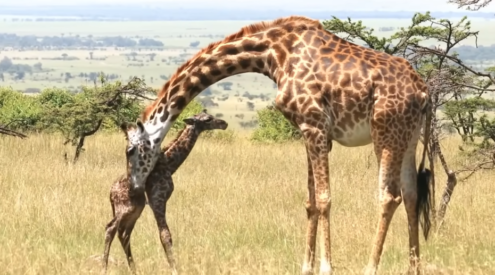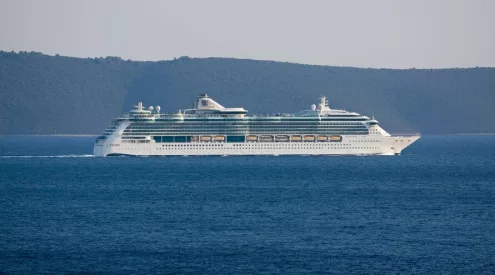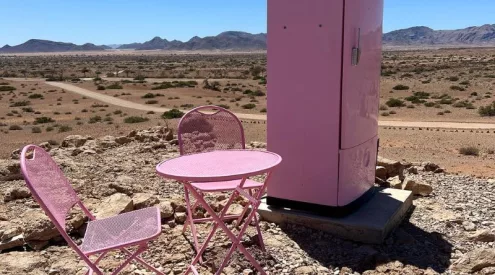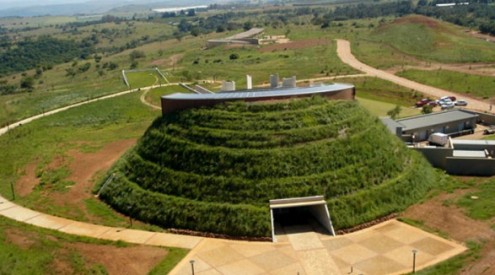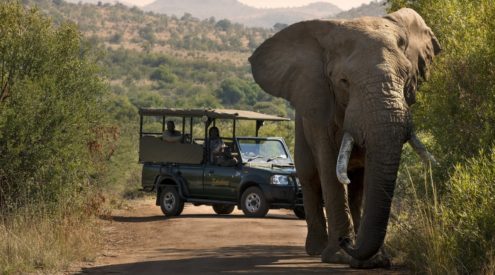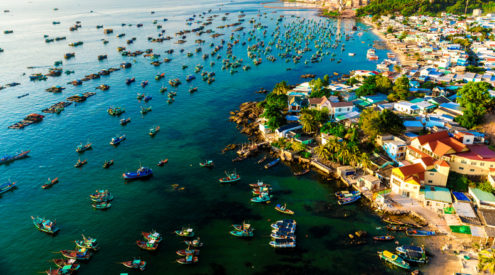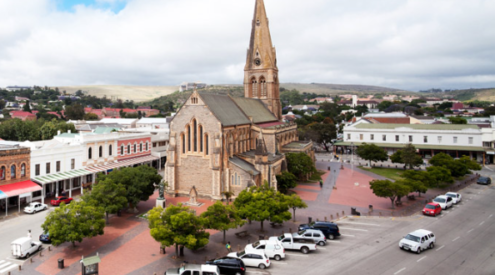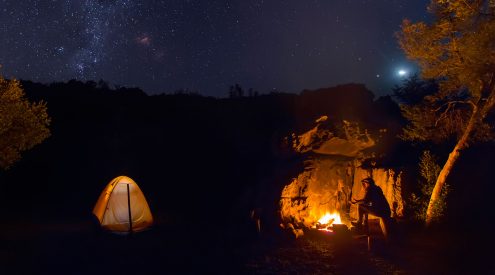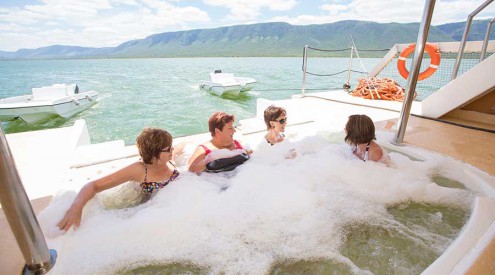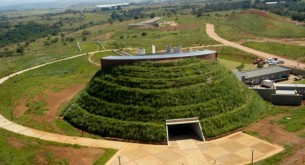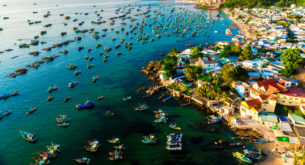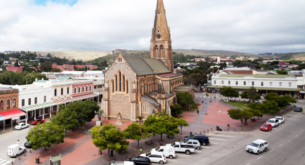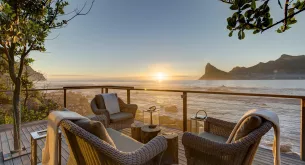The Kalahari Desert conjures up images of towering sand dunes and vast stretches of barren land. Our preconceptions were soon shattered as we bounced along the sandy track surrounded not by dunes, but by scrubby vegetation and bright yellow butterflies.
The Central Kalahari Game Reserve is the second largest nature reserve in the world and probably the least visited in Botswana. This vast wilderness area is possibly the remotest place you’ll ever experience. To undertake such a journey, a sense of adventure is highly recommended, as well as a strong desire to be somewhere that other people are not.
Because the Central Kalahari is so remote, you must be completely self sufficient. The guidebooks and park regulations echo the same standard warnings: bring at least two spare tires, plenty of water, extra fuel, and be wary of the wildlife. Of course you have to be vigilant when camping near wild animals, but I had to chuckle about this rather peculiar, yet blatantly obvious piece of advice: don’t sleep with your arms or legs protruding from your tent!
If you do plan to go, be prepared to deal with a frustratingly inefficient booking system. In contrast to South Africa, you cannot purchase a permit or reserve a campsite at the park gate, but instead you need to arrange everything beforehand through the Department of Wildlife and National Parks. Our efforts to reserve our permit over the phone were unsuccessful: they kept trying to book us into the more popular Kgalagadi Transfrontier Park. Fortunately we stumbled across a tourist information lodge in Ghanzi, where the helpful staff not only booked our campsite but also showed us where to get a park pass locally.
We generously budgeted a morning to get from Ghanzi to the Piper Pan campsite, which was chosen purely for its proximity to the park gate. On the map it looked fairly straightforward: travel 170 km along a gravel road, followed by another 75 km on a track. No problem. The first 20 kilometres or so flew by as we drove along a well-grated gravel road towards New Xade. We almost sped past the tiny park sign that pointed into the thick bush. The barely visible sand track at this “˜junction’ was so overgrown by scrubby vegetation that we were hesitant to leave the main road. Even though we let air out of our tires to increase traction on the loose sand, it was very slow going, and for the next few hours it felt like we were bobbing up and down in a small boat, cruising over giant waves of sand.
Before we were anywhere near the park gate, we came across plenty of wildlife. Colourful butterflies congregating on patches of salt regularly blocked the road, and a stubborn mole-like creature with beady eyes tried to bite us when we moved him off the road to safety. As we passed a small watering hole, scores of vultures jostled for the prime viewing spots, which gave a rather ominous feel to the start of our journey.
Our passage into the park was demarcated only by a thin, sagging chain and a deserted gate house. Registration books lay strewn across the reception counter, and the permit stamp, dating back to February, sat atop the desk. Baffled, we flipped through a registration book: only one other vehicle had passed through that month, and the previous month of March saw a whopping eight visitors. Now we started to understand why the gate was unmanned. Undeterred (there was no way we were turning back now) we set off into the “˜community’ of Xade, which looked just as deserted as the gate house. It wasn’t difficult to spot the only inhabitant there, the gate manager who was enjoying his lunch in the shade. Paperwork now sorted, we were finally off in the direction of the campsite, with only another 75 km to go!
After driving for nearly the entire day without seeing any sign of (human) traffic, we finally spotted another vehicle off in the distance with its hood up. Engine trouble out here would be an absolute nightmare, but this was a lot worse. The charred remains of a burnt out SUV blocked the sand track. The roof had melted and formed puddles of metal in the sand, and the rubber tires had totally burned away, exposing their inner steel belts. The beer cans scattered around the wreck suggest that they managed to save a few important provisions before their vehicle was completely engulfed in flames.
We rolled into the Piper Pan campsite just before sunset, and were promptly greeted by the resident francolin, and hundreds of black ants that relentlessly bit our feet as we set up our rooftop tent. The campsite was stunningly open, with no fences or other protection, just a fire pit that could be used to scare off any nocturnal visitors. Yet it was quite civilized, with an enclosed pit toilet and even a bucket shower!
Since it was the end of the rainy season, we expected that the Kalahari Desert to be baked dry under the unrelenting sun. But the low-lying pans, where most of the wildlife usually congregates, were still flooded. Skirting around the appropriately named Deception Pan, we carefully chose a track with no standing water. But before we knew it, the track quickly deteriorated into a mud soup, and we sunk up to our wheel wells in muck. I never imagined that our experience of driving in deep snow back in Canada could actually help us here – a few tense moments of rocking the vehicle back and forth eventually freed us from the deep mud. With the adrenalin still pumping, we realized that getting stuck out here could involve spending several days waiting for help (or at least until the mud dried out).
Herds of gemsbok, zebra, wildebeest, and ostriches congregated near the pans, and the occasional secretary bird and black-backed jackal stalked through the tall savanna grasses. Most of this wildlife is also common in South African game reserves, but it was the feeling of complete isolation and total self reliance that made our trip through the Kalahari a truly unforgettable experience.
To find out more about my other adventures in southern Africa, please check out my photography website: www.cameralucid.com.

